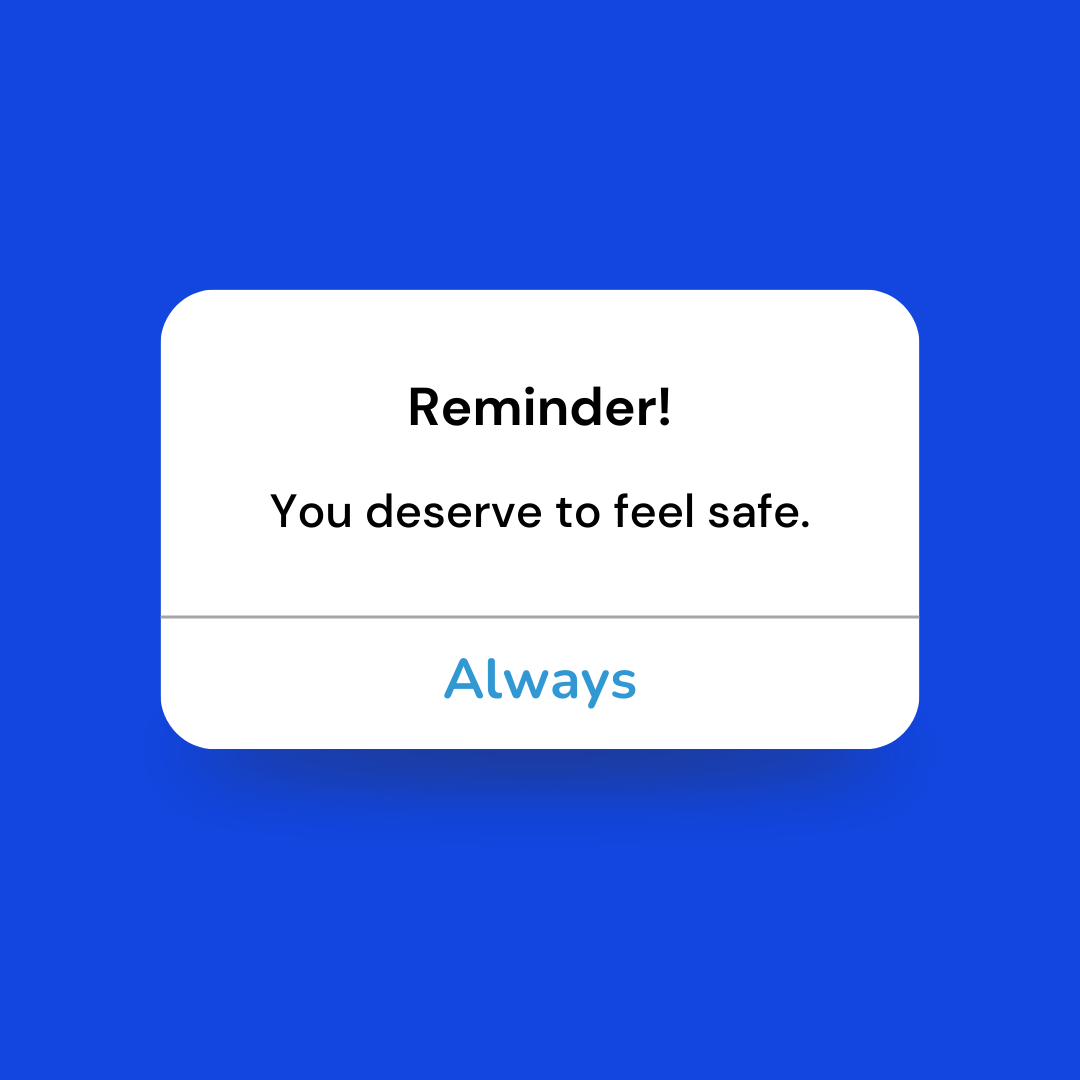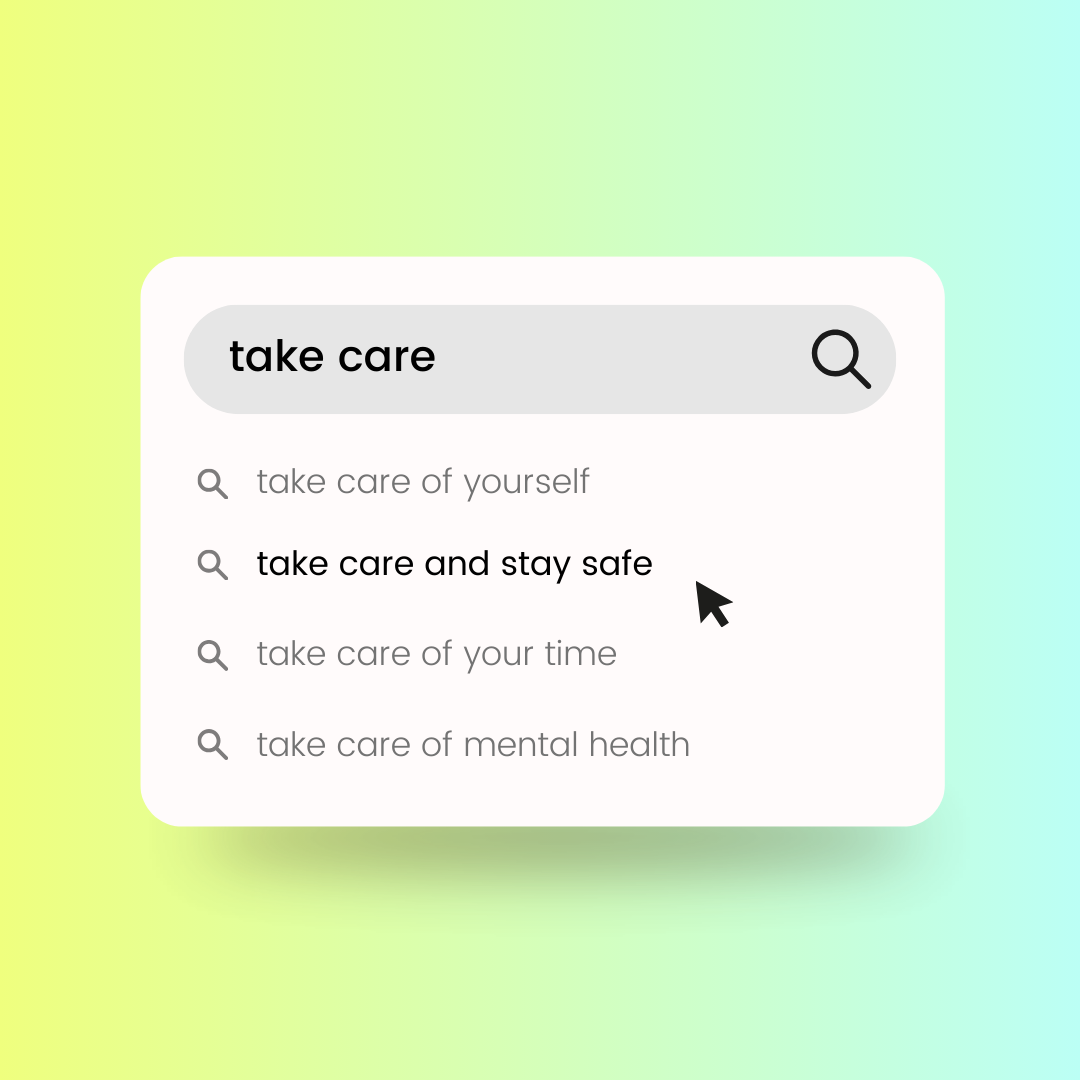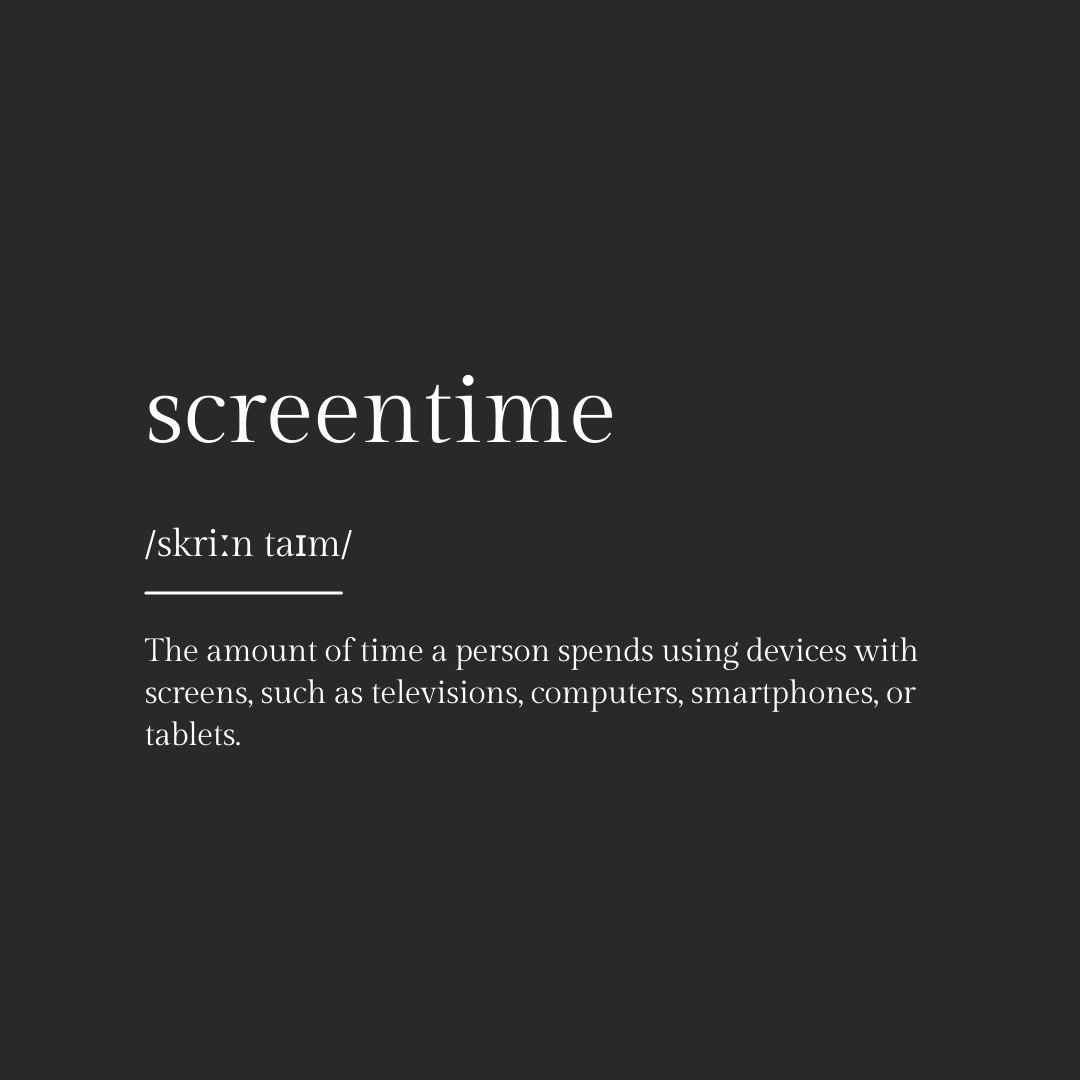The Importance of Self Care within our Digitally Enabled World
As our digital reliance increases and our individual digital profiles are created, it is important to be aware of guidelines and strategies to prevent risks and red flags when interacting on technology.

In lieu of October being National Domestic Violence Awareness Month, it is crucial to highlight the occurrence of domestic violence and abuse in our society. Not only is this issue increasingly common, it is also consistently being shamed and hidden, making it more difficult for victims and survivors to obtain solace and cope with their situations.
Many discussions and media inputs create a stigmatized portrayal of the subject, further isolating victims and somewhat inhibiting awareness of the topic. Additionally, our everyday reliance on social media and technology for information, relationships, interactions, and communication has aggravated some health and societal issues like domestic violence.
Did You Know?
60-63% of survivors receiving treatment and support from situations of domestic violence experienced tech-based abuse.
-2020 Study by the Journal of Family Violence
Moreover, in 2019, the National Network to End
Domestic Violence found that 71% of abusers monitor their survivors’ technological and device activity, and that 54% even downloaded stalkerware onto their partner’s devices.
These statistics just further highlight the severity of domestic abuse and the prevalence of this type of violence from everyday digital use.
Now that the problem has been established, many may be wondering, “How do we protect ourselves from threats and violence while on digital platforms?” or “What can we do to help those who are close to us and may be in difficult or dangerous relationships?”
Let’s explore what healthy and unhealthy relationships look like and some ways internet users can protect themselves on digital platforms and establish a few guidelines to fall back on when interacting and evaluating relationships online.
Relationships should make you feel safe, secure, and most of all valued and happy. They won’t shouldn’t make you feel controlled in any form or pressured to be a certain way. It can sometimes be difficult to gauge and establish boundaries when in a digital relationship, so below are some green and red flags to identify when you are interacting or engaging in a relationship of any kind(online or in person).
Green Flags for a Healthy (online and offline) relationship:
- You are being positively encouraged to pursue your passions and interests on digital platforms.
- You are aware and feel that your happiness does not directly depend on the other person’s validation.
- Online and offline boundaries are established and respected.
- Both sides of the relationship are respectful of the other’s choices and no one feels pressured to act or be a certain way.
Red Flags in an Unhealthy (online and offline) relationship:
- You are overly worried that your partner(or the other person in the relationship) will be disappointed in you and you feel restricted in the choices you have and the decisions you can make.
- You feel pressured to share personal information with someone that you wouldn’t feel comfortable sharing in person.
- The person you’re talking to is older and starting conversations you wouldn’t be comfortable sharing with a trusted adult.
In the current world we live in which is so digitally enabled, it can be difficult to navigate safely through relationships and media platforms. Thus, it is crucial for teens and adults alike to educate themselves on how to build healthy relationships in person and online, and be able to identify red flags in relationships to help build guidelines and boundaries to stay safe. This can ultimately lead to teens being protected and confident in their online exploration.

Author: Richa, 16
NoFiltr Youth Innovation Council Member, Digital Resource Expert
Need to talk?
Text NOFILTR to 741741 for immediate assistance.



